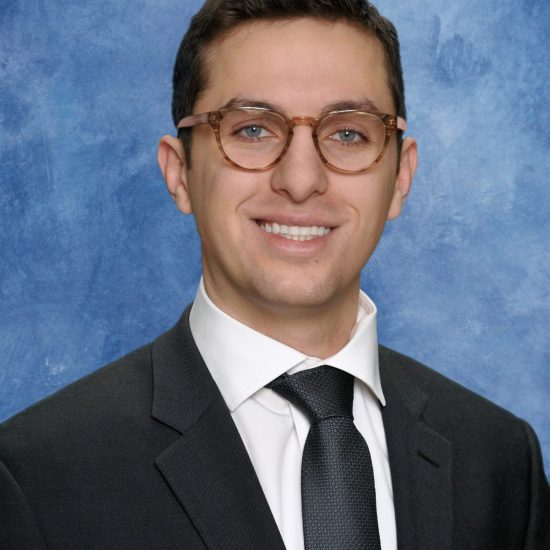In 2022, Freddie Freeman (Los Angeles Dodgers) and Pete Alonso (New York Mets) led the way at first base, as per usual. And after three top-three MVP finishes, Paul Goldschmidt (St. Louis) finally won the NL MVP in his age-34 season. Here are some sleepers to watch for in 2023:
1. Joey Meneses (Washington)
Joey Meneses (1B-OF) came out of nowhere as a 30-year-old rookie, impressing in his 56 games with a .324 batting average, .367 on-base percentage, and astounding .930 OPS. His 13 home runs put him on pace for 38 homers over a full season, per FanGraphs. He may not have made Washington Nationals fans forget about the Juan Soto trade, but he arguably outhit Soto since being called up. Now, beginning as a fixture in the Nationals’ lineup, will Meneses keep it up? His .371 BABIP screams regression, and outperforming Soto over a full season is an unrealistic ask. However, even if Meneses does regress some, he showed sufficient upside in 2022 to warrant fantasy managers’ attention.
2. Wil Myers (Cincinnati)
Wil Myers (1B-OF) has been in MLB for 10 years, yet he is only one year older than Meneses. Unlike Meneses, Myers had a bad 2022 season, hitting .261 with seven home runs in 77 games. In the San Diego Padres‘ postseason run, he limped to three hits in 29 at bats with one home run. A nagging knee injury hampered his production all season, and after eight years with the Padres, he signed with the Reds during the offseason on a one-year, $6 million contract. While Myers will play in a less explosive lineup, he will play half his games in a more favorable ballpark (Great American Ball Park) and his contract includes major incentives to perform well. As MLB.com noted, “Myers could earn an additional $1.5 million in performance bonus money and a $500,000 assignment bonus if he’s traded during the upcoming season.” A bounce-back season could be in the cards and a midseason trade to a better lineup is a strong possibility.
3. Triston Casas (Boston)
Triston Casas made his major-league debut for the Boston Red Sox in 2022. As a September call-up, the second-ranked prospect in Boston’s farm system hit five homers and walked 19 times in 27 games. Despite hitting just .197, he finished the year with an OBP of .358. Casas represents a typical three true outcomes hitter, a slugger who will strike out a lot, take his walks, and hit dingers. If the Red Sox give Casas everyday at-bats and his power translates to the big leagues over a full season, he will turn his fantasy managers a significant profit.
4. Rowdy Tellez (Milwaukee)
Speaking of one-dimensional sluggers, Rowdy Tellez had a memorable 2022. Once an unheralded 30th round pick by Toronto in 2013, the towering 6-foot-4, 255-pound behemoth has established himself as a legitimate power source. Despite hitting just .219, Tellez played in a career-high 153 games and hit a career-high 35 home runs. He comes into 2023 an intriguing pick in the middle of drafts as the Brewers retain an upper-echelon offense and again look to push for an NL Central crown.
5. Spencer Torkelson (Detroit)
Spencer Torkelson, the former top prospect in the Detroit Tigers‘ organization, made the 2022 Opening Day roster but looked overmatched on the biggest stage. Between three levels in 2021, Torkelson hit 30 home runs; however, in 2022, he hit just eight in 110 games with the Tigers. He fought with the Mendoza line all season, finishing with a .203 batting average. Therefore, he comes into 2023 as a sleeper not due to his production, but simply due to his potential and opportunity. As a former No. 1 overall draft pick, the Tigers will give Torkelson every opportunity to see if he can recapture what made him so coveted out of Arizona State. Given the Tigers’ offense finished with a league-low 557 runs scored in 2022, they simply have no better options. If Torkelson even remains rosterable in 2022, he will justify his draft cost.
Photos by Icon Sportswire | Design by J.R. Caines (@JRCainesDesign on Twitter and @caines_design on Instagram)


“Three true outcomes” and “one-dimensional slugger” seem like odd labels for Casas. That suggests low batting averages and high strikeout rates, along with walks and power; Casas’ highest strikeout rate in the minors was a still-respectable (for a power hitter) 23.5%, and his MLB debut wasn’t much worse at 24.2 (league average 22.4). As for average, he did only hit .197 in 95 PA with the Red Sox but that was the product of a ridiculously low .208 BABIP, not strikeout issues; his career MiLB BA is a solid .269 so there should be some room for improvement as he adapts to major-league pitching.
Rowdy Tellez could be described in the same way Casas was. Low batting average,
Low OBP and his power usually showed up after the games outcome was decided (with a few notable exceptions). His upside is better because he’s a pull hitter that should benefit from the defensive shift rule change. So his fantasy value should improve.
Tellez is the rare slugger who actually strikes out less than league average, between 16 and 20 percent the past three seasons (after a rough 28 in his first two). Like Casas, his batting average issues last season were BABIP-related, a surprisingly low .215 compared to his previous career range of .270-.280. Statcast had his expected BA at .252, well above the actual .219, so with some more typical batted ball luck he should close a lot of that gap (and like you say, the shift restrictions can’t hurt). He doesn’t walk as much as Casas, so the OBP will be more of an issue.